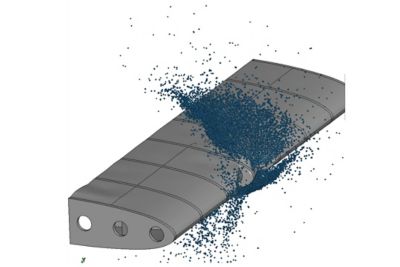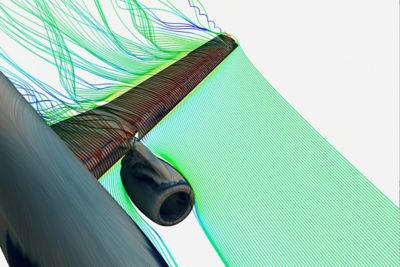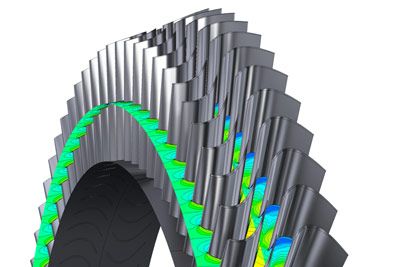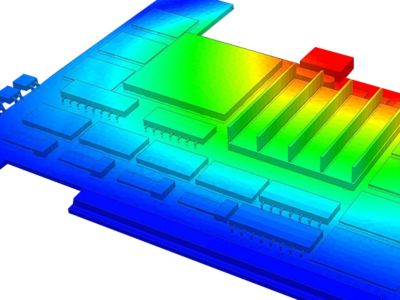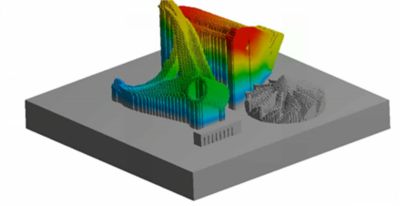Ansys Workbench
Personal project platform for managing all your Ansys products
From CAD and meshing to physics simulations and post-processing, access all your Ansys products in one location.
Ansys Workbench: Where Better Decisions Are Made
The real world happens all at once. To validate your design ideas, you need tests that provide real-world scenarios. And in the real world, physics doesn’t take turns. The Ansys Workbench platform lets you integrate data across engineering simulations to create more accurate models more efficiently.
Ansys Workbench makes it easier to make more informed design choices by coordinating all your simulation data in one place.
Products
Ansys Workbench is included with all physics-based Ansys software bundles and automatically connects them, so your data communicates seamlessly.
Watch simulations talk to each other
Need to see how stress analysis and fluid flow interact? Or how thermal affects the reliability of electronics systems? The Ansys Workbench platform lets you observe different physics simultaneously, passing data back and forth between simulations. If something changes in one simulation, you'll see it across all.
Key Features
Ansys Workbench optimizes the way your data is transferred across simulations, so that you can create more accurate and efficient models.
Webinars
Training
Articles
讓我們開始吧
如果您面臨工程挑戰,我們的團隊將隨時為您提供協助。憑藉豐富的經驗和對創新的承諾,我們邀請您與我們聯絡。讓我們共同合作,將您的工程障礙轉化為成長和成功的機會。立即與我們聯絡,開始對話。


